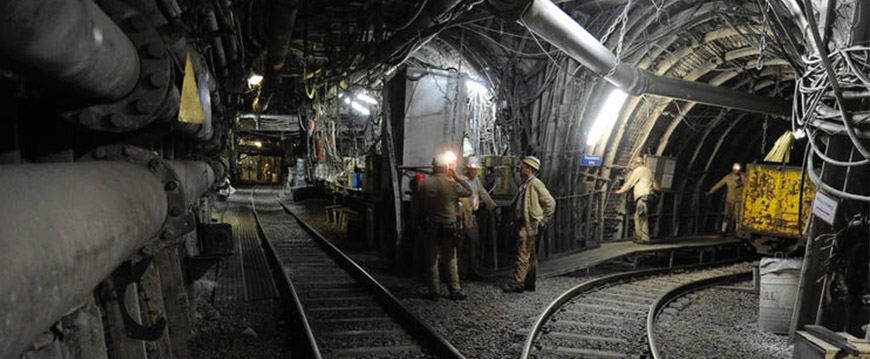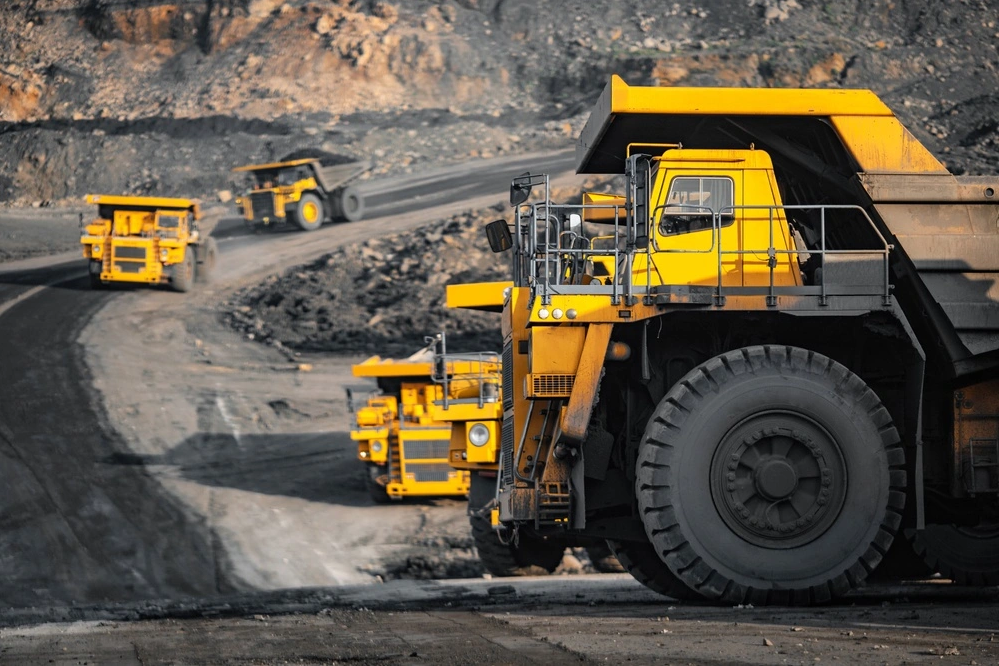Wide Strip Mining to Balance Efficiency and Safety in Coal Extraction

Background
The current landscape of coal mining presents significant challenges when it comes to extracting resources beneath densely populated areas.
Traditional mining methods often pose risks of surface subsidence and structural damage to buildings, especially in urban environments. As the demand for coal extraction continues to grow, the need for innovative approaches to mining under dense buildings has become increasingly apparent. Addressing these challenges requires a careful balance between maximizing coal recovery and safeguarding surface structures.
This study is crucial in filling the gap in research on wide strip mining under dense buildings. It particularly focuses on the design and evaluation of mining parameters to ensure both efficient resource extraction and surface structure protection.
This study investigates the specific geological and structural conditions at the Cedi River coal mine site to develop a tailored mining design that minimizes surface damage while optimizing coal extraction efficiency. The findings will provide valuable insights for the coal mining industry and offer a proactive solution to the technical difficulties associated with mining under densely built-up areas.
The Current Study
The study employed a comprehensive approach to designing and evaluating the wide strip mining of extra-thick coal seams under dense buildings at the Cedi River coal mine site. Field investigations were conducted to gather data on surface structures and geological conditions. Numerical simulations using FLAC 3D software were performed to model the mining process at working faces 51,002, 51,004, and 51,006.
The simulated working faces had specific dimensions, including a tendency length of 120 m under non-building areas, a mining width of 55 m under buildings, a coal column width of 75 m, a strike advance length of 600 m, a coal thickness of 8 m, and a mining depth ranging from 350 to 400 m.
The design of the wide strip-mining scheme was based on the pressure arch theory and Wilson's theory, considering the surface structures and geological mining conditions. The proposed design included a retention width of 70 m and a mining width of 50 m. The design was verified using the probability integral method and FLAC 3D numerical simulation calculations.
The analysis focused on parameters such as earth surface subsidence, horizontal deformation, and the impact on surface buildings. The results indicated that the proposed mining design effectively limited surface subsidence to a maximum of 210 mm and horizontal deformation between 1.0 and -1.4 mm/m, with minimal damage to surface buildings.
Results and Discussion
The study revealed the successful implementation of the wide strip-mining design in minimizing surface subsidence and horizontal deformation under dense buildings at the Cedi River coal mine site. The analysis showed that the proposed mining approach effectively limited surface subsidence and resulted in a superior horizontal deformation. Most surface buildings experienced minimal damage, with only a small percentage of three-story structures classified as Class II damage, which can be repaired post-mining.
The study identified a distinct subsidence basin pattern with denser contour lines in the downhill direction, indicating varying levels of surface deformation across the mining area. The findings suggest that the wide strip-mining design successfully mitigated surface damage under dense buildings, aligning with the goal of ensuring safe coal extraction operations while protecting surface structures.
Conclusion
In conclusion, the study underscores the significance of adopting innovative mining approaches, such as wide strip mining, to address the challenges of extracting coal beneath densely built-up areas. By successfully implementing a tailored mining design at the Cedi River coal mine site, the research has demonstrated the feasibility of minimizing surface subsidence and horizontal deformation while safeguarding surface structures.
The results of this study provide valuable insights for future coal mining operations in urban environments. They emphasize the importance of proactive design strategies to ensure efficient resource extraction and surface safety.
The proposed mining approach strikes a balance between maximizing coal recovery and protecting surface buildings, offering a sustainable solution to the technical complexities associated with mining in dense urban settings.
Moving forward, the lessons learned from this research can inform decision-making processes in the coal mining industry, guiding the development of strategies prioritizing operational efficiency and environmental responsibility. The study's outcomes contribute to advancing best practices in coal mining under challenging geological and structural conditions, paving the way for safer and more sustainable mining practices in urban areas.
-
Ensuring reliable long-distance critical signal delivery in mining applications
In mining applications, coal-carrying conveyor belts can be up to 20 km long and···
-
EBRD to Support Modernization of Kazakhstan’s Mining Sector
Kazakh Minister of Industry and Construction Kanat Sharlapayev and First Vice Pr···
-
Wide Strip Mining to Balance Efficiency and Safety in Coal Extraction
BackgroundThe current landscape of coal mining presents significant challenges w···
-
U.S. Critical Mineral Worker Shortage Hurts Competition With China
As the United States rushes to develop domestic supplies of critical minerals—th···
Exhibition address:China International Exhibition Center (CIEC)
- Ensuring reliable long-distance critical signal delivery in mining applications
- EBRD to Support Modernization of Kazakhstan’s Mining Sector
- Wide Strip Mining to Balance Efficiency and Safety in Coal Extraction
- U.S. Critical Mineral Worker Shortage Hurts Competition With China
- Mining industry welcomes government's $566m commitment to resource exploration
- Innovation heats up the mining industry





 2024 Beijing International Coal & Mining Exhibition
2024 Beijing International Coal & Mining Exhibition

